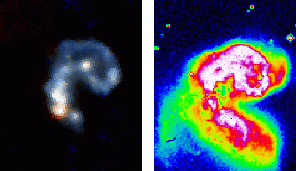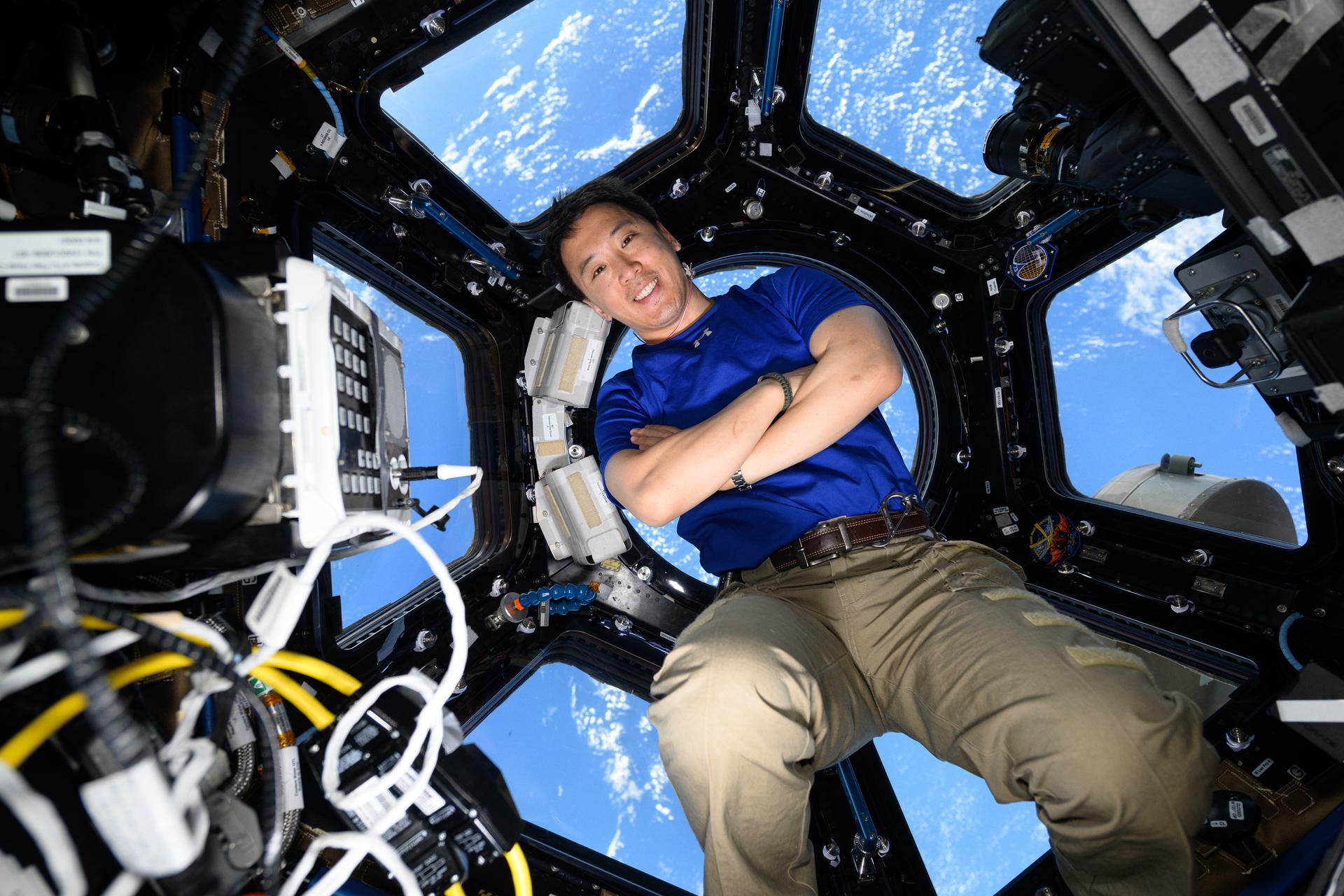ISO
Infrared Space Observatory
Type
Launch
Target
Objective
ISO was an infrared space telescope designed and operated by ESA in cooperation with ISAS (part of JAXA) and NASA. ISO acquired data for around two and a half year before its superfluid helium coolant ran out in April of 1998. The spacecraft was permanently turned off on May 16, 1999.
During its lifetime ISO made nearly 30,000 scientific observations exploring regions of the Universe not viewable in visible light. Infrared light is able to penetrate the obscuring dust which hides much of the Universe at visible wavelengths. With a 60 cm diameter primary mirror cooled to 1.7 degrees Kelvin with superfluid helium, ISO also carried four scientific instruments which provided data at infrared wavelengths from 2.5 to 240 microns. The instruments included the Infrared Camera (ISOCAM), Photo-polarimeter (ISOPHOT), Short Wave Spectrometer (SWS) and Long Wave Spectrometer (LWS).
One target for ISO's Camera was a pair of galaxies know as the Antennae, 60 million light-years away.
Credit: ESA/ISOCAM, Vigroux, L. et. al.
Science Highlights
- ISO detected water vapor: in star forming regions, near stars at the end of their lives, in sources very close to the galactic center, and in the atmospheres of several planets in our solar system.
- ISO found large amounts of cosmic dust in the space between galaxies which was previously thought to be empty space.
- Planet formation was found around old, dying stars. This discovery contradicted theories that planet formation only occurred around young stars.
- ISO provided the first ever detection of the earliest stages of stellar formation. The pre-stellar core L1689B was found and studied with LWS instrument.
- Observations of Arp 220, one of the most-luminous object in the Universe, revealed that the source of its huge infrared radiation emission is an outburst of star formation.
- Observations by the LWS instrument confirmed an earlier IRAS discovery of large cloud-like structures of very cold hydrocarbons radiating primarily in the infrared.
- ISO found several protoplanetary disks: disks of material around stars which are considered to be the first stage of planet formation.
- Hydrogen fluoride gas was for the first time detected in interstellar gas clouds.
Top of Page | Back to Missions


































